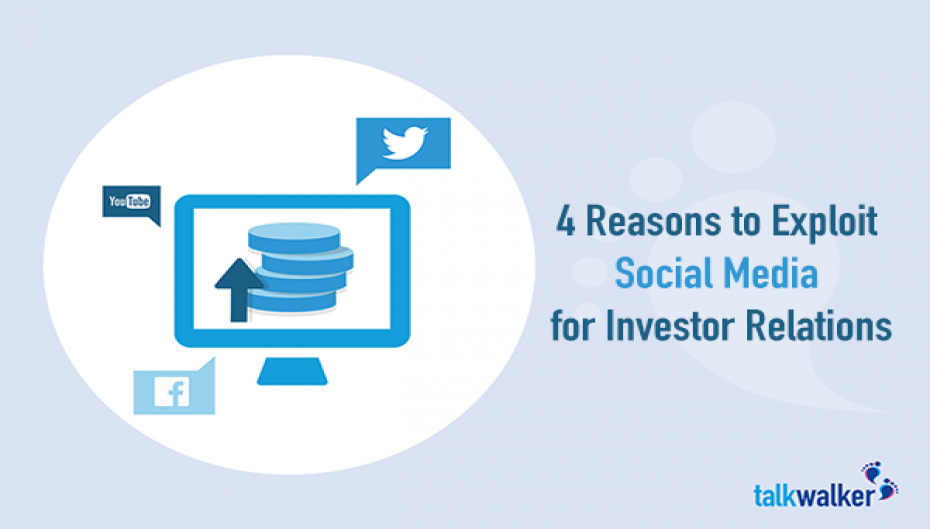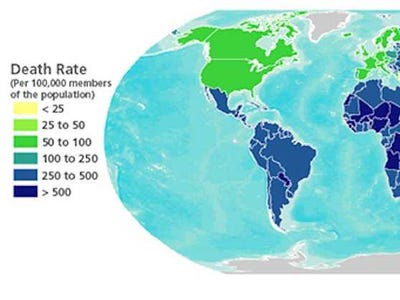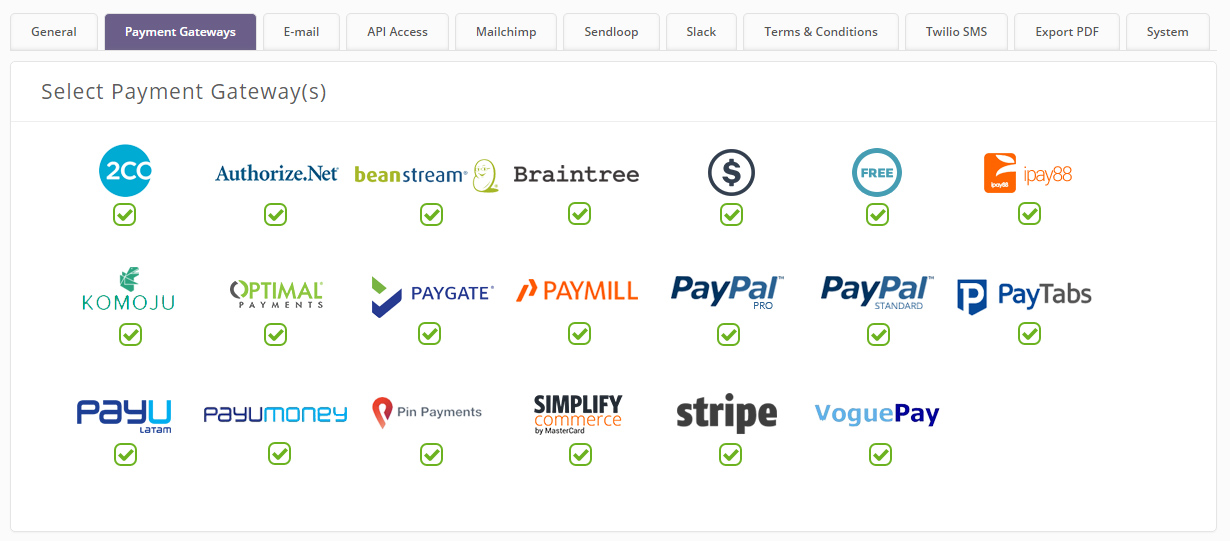Quantitative Easing QE: Definition, Pros & Cons

After this initial volatility when the prospect was announced, markets stabilised through the rest of the year – before tapering had even come into effect. In November 2008, the Fed purchased $600bn-worth of mortgage-backed securities (MBS) in response to the sub-prime mortgage crisis. This was expanded in March 2009 with an additional $750bn of MBS and $300bn in Treasury security purchases. The policy is effective at lowering interest rates and helps to boost the stock market, but its broader impact on the economy isn’t as apparent. And what’s more, the effects of QE benefit some people more than others, including borrowers over savers and investors over non-investors.
- However, this convergence may lead to a stable long-term economic environment.
- Usually, higher interest rates and inflation are the major factors that trigger an economic slump, especially when both are getting out of hand.
- Mr. Bernanke believed that a policy stance should be created where the Federal Reserve, in the case of quantitative easing, acquired securities, outright, at a regular pace for an extended period of time.
She is a financial therapist and transformational coach, with a special interest in helping women learn how to invest. Some economists argue that quantitative easing can work in cases of a deflationary trap. In particular, it is important to change inflationary expectations from deflation to positive inflation. However, without quantitative easing, the recession may have been even deeper.
Market dynamics
When that happens, the money we created to buy the bonds disappears and the overall amount of money in the economy will go down. Bonds are essentially IOUs issued by the government and businesses as a means of borrowing money. When we need to support the economy by boosting spending, we lower interest rates.
We buy UK government bonds or corporate bonds from investors, such as asset managers. Bonds are IOUs that pay an amount of interest that is fixed in cash terms – £5 per year, for example. Quantitative easing is one of many methods the https://1investing.in/ United States Federal Reserve has to stimulate the economy when it looks like it may stall. Generally, quantitative easing isn’t put into play unless the federal funds rate has already been lowered pretty much as far as it can go.
Fixed income assets (bonds) are the most directly affected by quantitative easing, since large-scale purchasing of bonds by the central bank pushes its prices up. This, however, reduces the yield on bonds as a percentage of its price. As liquidity increases for banks, a central bank like the Fed cannot force banks to increase lending activities nor can they force individuals and businesses to borrow and invest.
Of course, by purchasing assets, the central bank is spending the money it has created, and this introduces risk. For example, the purchase of mortgage-backed securities runs the risk that those securities may default. It also raises questions about what will happen when the central bank sells the assets, which will take cash out of circulation and tighten the money supply.
Quantitative Monetary Policy
A government’s fiscal policy may be implemented concurrently to expand the money supply. Quantitative easing can be a combination of both monetary and fiscal policy. Quantitative easing creates new bank reserves, providing banks with more liquidity and encouraging lending and investment. In the first rounds of QE during the financial crisis, Fed policymakers pre-announced both the amount of purchases and the number of months it would take to complete, Tilley recalls. “The reason they would do that is it was very new, and they didn’t know how the market was going to react,” he says.
However, bank lending was very slow to recover, suggesting quantitative easing was relatively ineffective in boosting bank lending. Higher prices for corporate bonds and shares also lowers the cost of funding for companies and this ought to increase investment in the economy. QE increases the price of financial assets other than bonds, such as shares. QE achieved some of its goals, missed others completely, and created several asset bubbles. First, it removed toxic subprime mortgages from banks’ balance sheets, restoring trust and, consequently, banking operations. Second, it helped to stabilize the U.S. economy, providing the funds and the confidence to pull out of the recession.
Too Much Money Can Exacerbate Inflation – TD Economics
Too Much Money Can Exacerbate Inflation.
Posted: Tue, 12 Sep 2023 14:17:12 GMT [source]
One example of when Quantitative Easing may not work as effectively as planned is when consumer confidence is low. Consumer confidence is essential to making Quantitative Easing work effectively. Low consumer confidence would mean that the increase in money supply would have limited effect. If confidence is low, then consumers won’t take loans and thus they would not be able to spend money and purchase goods which would reduce economic growth.
Disadvantages of quantitative easing
Low rates on corporate bonds makes it affordable for businesses to expand. The Fed also controls the banks’ reserve requirement, which is how much of their funds they’re required to keep on hand compared to what they lend out. More money going out increases the supply of money, which allows interest rates to fall. Lower rates are an incentive for people to borrow and spend, which stimulates the economy. Quantitative easing (QE) occurs when a central bank buys long-term securities from its member banks.

This adds money to the balance sheets of those banks, which is eventually lent out to the public at market rates. When the Fed wants to reduce the money supply, it sells securities back to the banks, leaving them with less money to lend out. In addition, the Fed can also change reserve requirements (the amount of money that banks are required to have available) or lend directly to banks through the discount window. In 2008, the Fed launched four rounds of QE to fight the financial crisis. The Fed resorted to QE because its other expansionary monetary policy tools had reached their limits. The Fed even began paying interest to banks for their reserve requirements.
It’s far more difficult to do this when interest rates are low, as the incentive is already there for people to borrow cheap money for things they want. The difficulty sometimes lies in the ability to borrow, often caused by banks being stricter about who they will loan money to because they have less liquidity than they are generally comfortable with. One drawback of QE policies is that using them excessively can result in surging inflation, if ample liquidity translates into too many loans and too many purchases, putting upward pressure on prices.
In turn, that increases how much people spend overall which puts upward pressure on the prices of goods and services. Instead of lending money to people within the same regional or national economy to start businesses or make major purchases, the bank might choose to invest overseas. Rather than stimulating the economy, the bank would be sending that newly found cash reserve to another economy entirely, defeating the purpose of quantitative easing.
How Does Monetary Policy Impact Investments?
The European Central Bank and the Bank of England also used QE in the wake of the global financial crisis that began in 2007. It now appears as if quantitative easing or quantitative tightening IS the major operating monetary policy of the Federal Reserve. That remained the largest expansion from an economic stimulus program in US history until 2020 in response to the COVID-19 pandemic.
The Federal Reserve Is Losing Money and You’re Going to Foot the … – SchiffGold
The Federal Reserve Is Losing Money and You’re Going to Foot the ….
Posted: Wed, 13 Sep 2023 12:23:20 GMT [source]
The increased value of these mortgages on banks’ balance sheets also enables them to loan more cash into the economy, which can magnify the effect. Speculation abounded that China’s central bank had implemented quantitative easing during the 2020 Covid-19 pandemic. Holdings of sovereign bonds by ‘other’ investors (which can include central banks) rose by CN¥196.5bn to CN¥1.78tn in July 2020, according to Bloomberg. The figure had risen just CN¥24bn the previous month, suggesting a big increase in the central bank’s purchase of government debt. In other words, the Fed isn’t committing to a specific amount of asset purchases. Central banks usually resort to quantitative easing when their nominal interest rate target approaches or reaches zero.
With those banks freed from the securities tying up liquidity, they can loan money out yet again. If those government bond prices go up, the interest rates on those loans should go down – making it easier for people to borrow and spend money. Some economists note that previous easing measures have lowered rates but done relatively little to increase lending. With the Fed buying securities with money that it has essentially created out of thin air, many also believe it leaves the economy vulnerable to out-of-control inflation once the economy fully recovers. Quantitative easing is when a central bank issues new money and uses that to purchase assets from commercial banks. These then become new reserves held at these banks, increasing the amount of credit available to borrowers.

Keynesians promote methods like public works, infrastructure redevelopment, and increases in the social safety net to increase demand and inflation. Contemporary Art is one alternative asset that provides portfolio diversification away from traditional markets and helps to hedge against inflationary pressures and reduced liquidity in financial markets. Central bank actions can have a significant impact on the financial markets, including investments. One of the consequences of QE is it increases the value of assets such as shares. When we need to reduce the rate of inflation, we raise interest rates.
Basically, the idea in these quantitative policies is to let the securities portfolio either increase or decrease steadily for a substantial amount of time, with very little variation in the effort, if any at all. The interest rate or yield of that bond is 5 as a percentage of 100, which is 5%. If the price of the bond increases from £100 to £120, then the £5 coupon payment now represents a yield of 5 as a percentage of 120, which is 4.2%. When we buy bonds, their price tends to increase compared with the coupon. If the price of a bond goes up, compared with its coupon, the rate of return on the bond, or ‘yield’, goes down.
The Fed began using QE to combat the Great Recession in 2008, and then-Fed Chair Ben Bernanke cited Japan’s precedent as both similar and different to what the Fed planned to do. In three different rounds, the central bank purchased more than $4 trillion worth of assets between 2009 and 2014. “I have likened it to standing at the edge of a swimming pool and holding a pitcher of water that is dyed purple, and then dumping that water into the swimming pool,” Tilley says. “It’s not going to take any time before you don’t know where the purple water goes.” In other words, once QE money is on the balance sheets of primary dealers, it may not benefit everyone in the economy as intended. Some critics question the effectiveness of QE, especially with respect to stimulating the economy and its uneven impact for different people.
- As the Fed buys Treasurys, it increases demand, keeping Treasury yields low (with bonds, there is an inverse relationship between yields and prices).
- In the United States, only the Federal Reserve has this unique power.
- The federal government auctions off large quantities of Treasurys to pay for expansionary fiscal policy.
- The more dollars the Fed creates, the less valuable existing dollars are.
- Rather than stimulating the economy, the bank would be sending that newly found cash reserve to another economy entirely, defeating the purpose of quantitative easing.
The taper tantrum of 2013 illustrates how investors can become dependent and subject to panic attacks when just the threat of tapering occurs. The most recent use of QE was in response to the COVID-19 pandemic. On March 15, 2020, the Federal Reserve announced it would purchase $500 billion in U.S. In September 2011, the Fed launched “Operation Twist.” This was similar to QE2, with two exceptions.
In a similar way to bonds, cash equivalents (like US government treasury bills or certificates of deposit) are negatively impacted by quantitative easing. The returns that cash equivalents generate for investors depend on interest rates, which are reduced by quantitative easing. The Fed announced that it will continue its asset-purchasing program “in the amounts needed to support piotroski score screener india smooth market functioning and effective transmission of monetary policy to broader financial conditions and the economy.” Critics have argued that quantitative easing is effectively a form of money printing and point to examples in history where money printing has led to hyperinflation. This made government borrowing cheaper, and in theory, encourages more profitable investment.
 English
English French
French



Leave a Reply